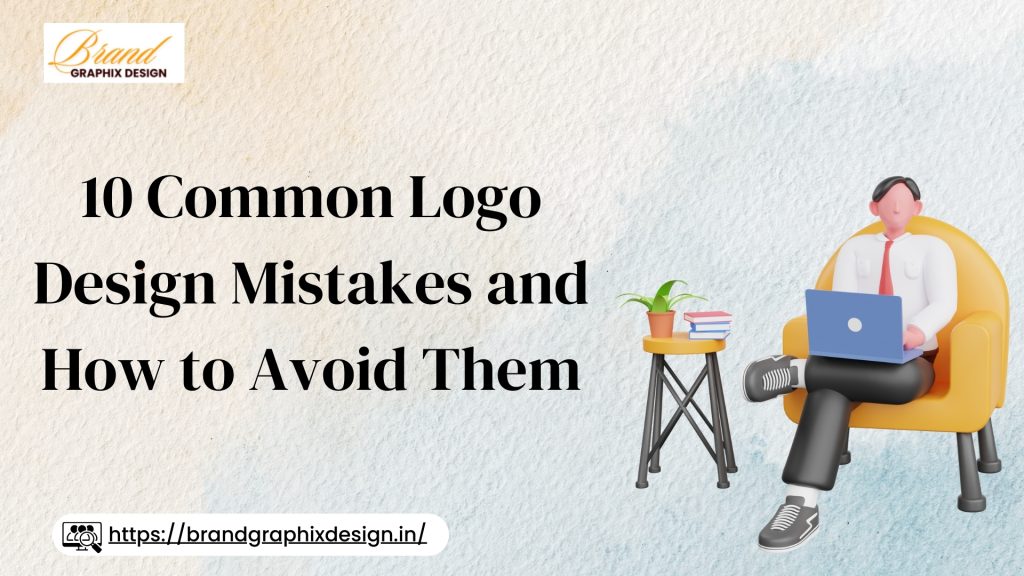Your logo is a visual representation of your brand. It’s the face of your business, and the right logo size can make all the difference in how it’s perceived. Whether it’s used on a website, business card, or promotional material, the logo needs to be clear, recognizable, and impactful. Choosing the perfect size is crucial for ensuring your logo stands out without losing its identity. In this blog, we’ll explore how to choose the right logo size for maximum impact across different platforms and mediums.
1. Understand the Purpose of Your Logo
The first step in choosing the right logo size is understanding its purpose. Logos are used in different contexts—on websites, social media, advertisements, merchandise, and more. Each platform may require a different size for optimal viewing. For example, a logo used in a website header needs to be clear and legible even when scaled down. Meanwhile, logos used on banners or billboards require a larger size to ensure visibility from a distance. Understanding the specific use case of your logo will guide you in selecting the appropriate size for maximum impact.
2. Consider the Resolution
Resolution plays a key role in the clarity and sharpness of your logo, especially when scaled. For digital platforms, high resolution ensures that your logo appears crisp and professional, regardless of its size. For print, the resolution should typically be set to 300 DPI (dots per inch) to guarantee a sharp, high-quality image. Low-resolution logos can appear pixelated and unprofessional, which can negatively affect the perception of your brand. Always opt for vector logos (such as SVG or AI files) that can be resized without losing quality. This ensures that your logo looks perfect on any platform or material.
3. Logo Size for Websites and Digital Use
When using your logo on a website, it’s essential to strike a balance between visibility and aesthetics. On most websites, the logo is placed in the header or navigation bar, and it should be large enough to be easily recognized but not so large that it overwhelms the page’s content. A typical logo size for a website header is between 200-400px in width. It’s also important to consider mobile responsiveness. Your logo should look great on both desktop and mobile devices, so make sure it scales appropriately on smaller screens without losing clarity or becoming too small to recognize.
4. Logo Size for Print Materials
For printed materials, such as business cards, brochures, posters, and packaging, the logo size should be adjusted based on the material’s dimensions. On business cards, your logo should be clear even at a small scale. A good rule of thumb is to keep the logo between 0.5 and 1 inch in width for business cards. For posters or banners, the logo should be much larger, typically spanning 20-30% of the total design. The key is ensuring your logo is recognizable from a distance while maintaining its integrity when printed on different materials. Always test the print layout before finalizing designs to make sure the logo is clear and impactful.
5. Account for Logo Spacing and Proportions
It’s not just about the size of the logo but also about how much space is around it. Proper spacing ensures that your logo doesn’t look crowded or squished, allowing it to breathe and remain prominent. When placing your logo, whether on a website, business card, or advertisement, make sure there’s enough padding around the logo to maintain its visibility and impact. Additionally, maintaining the correct proportions of your logo is essential. Avoid stretching or distorting the logo to fit specific sizes. A well-proportioned logo will always look professional and balanced, no matter the size.
6. Logo Size for Social Media
Social media platforms often require specific logo sizes for profile pictures, banners, and advertisements. Each platform, from Facebook to Instagram to Twitter, has different recommended logo dimensions. For example, a Facebook profile picture requires a 170x170px image, while a Twitter profile picture should be 400x400px. For banners, LinkedIn recommends a 1584x396px image size. It’s important to use the correct dimensions for each platform to ensure your logo looks sharp and properly aligned across different screen sizes. Additionally, because social media is highly visual, the logo should be simple and recognizable, even at smaller sizes.
7. Mobile Optimization
With the increasing use of smartphones, optimizing your logo for mobile viewing is essential. Logos that look great on desktop computers might not translate well to mobile devices if they aren’t resized or optimized for smaller screens. Ensure that your logo maintains legibility and clarity when viewed on mobile phones. Consider creating multiple versions of your logo in different sizes to accommodate various mobile screen sizes. For example, a smaller version of your logo might be needed for the mobile version of your website or app to ensure it doesn’t appear too large or out of proportion.
8. Test Your Logo Across Different Platforms
Before finalizing your logo size, test how it appears across various platforms, both digital and print. This includes your website, social media profiles, email signatures, advertisements, and printed materials. Testing will help you identify any issues with visibility or clarity at different sizes. If the logo appears blurry or too small, make adjustments to the size or resolution. Ensure that your logo is adaptable across different mediums, maintaining its visual appeal and brand identity, regardless of where it is used.
9. Consider Future Growth
When choosing the perfect logo size, consider your brand’s future growth and scalability. As your business expands, you’ll likely need your logo to fit a variety of new materials and platforms, including promotional merchandise, large-scale billboards, or packaging. Design your logo with flexibility in mind. A good logo should look great in both small and large formats. If your logo is too intricate or detailed, it might lose impact when scaled down, so simplicity and scalability should always be prioritized in your design process.
10. Conclusion: The Right Size for Maximum Impact
Choosing the right logo size is crucial for creating a strong and consistent brand identity. Whether it’s for digital use, print materials, or social media, the perfect size ensures your logo is visible, recognizable, and impactful. By understanding the specific requirements of each platform and testing different sizes, you can ensure your logo makes the best impression across all touchpoints. Remember, size matters—but clarity, proportion, and resolution are what truly make your logo stand out in the competitive marketplace. With the right approach, your logo will effectively represent your brand and help you build a lasting impression with your audience.



